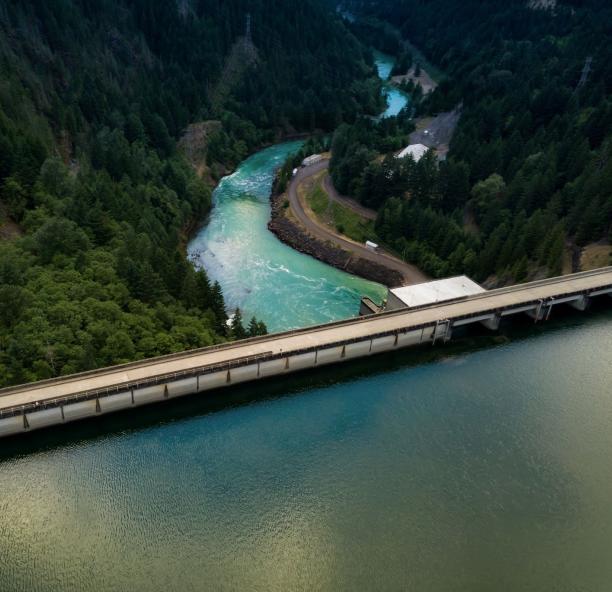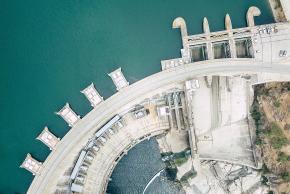Market
Memos from Howard Marks: On Bubble Watch

Public and Private Infrastructure: Two Paths to Access Essential Assets
Infrastructure assets provide the essential underpinnings of the global economy, moving people, goods, commodities, and data to where they are needed most. The category is broad and varied: It includes everything from roads and bridges to ports and airports, utilities, and power transmission, as well as pipelines, processing and storage facilities -- and it is evolving as new technologies and needs emerge, such as renewable power and data.
The world is in the midst of an “infrastructure super-cycle,” marked by major efforts to modernize infrastructure. We believe this trend has enormous implications for the global economy, as well as being a significant opportunity for investors.
Infrastructure investments can help strengthen portfolios, potentially providing growth, income and inflation protection. It can be accessed by both publicly traded equities and through the private markets. Each have different traits and features, and it is important for investors to understand the benefits and considerations of both and how each could impact a portfolio. Considerations include:
- Both public and private infrastructure have provided growth for investors over the long term, although there are periods when one outperforms the other.
- Private infrastructure returns have exhibited more consistency than public infrastructure and have been able to better mitigate downside risk.
- Publicly traded infrastructure equities are likely to be impacted by overall market sentiment. Although this impacts the ability to mitigate downside risk, it can provide an opportunity for outperformance versus private infrastructure in any given period, in our view.
Past performance is not indicative of future results. Listed Infrastructure represented by the FTSE Global Core Infrastructure 50/50 Index after December 31, 2014; data from July 30, 2008 through December 31, 2014 represented by the Dow Jones Brookfield Global Infrastructure Index. Private Infrastructure represented by the Preqin Infrastructure Index. See disclosures for full index definitions. Indexes are unmanaged and cannot be purchased directly by investors. Index performance shown for illustrative purposes only and does not predict or depict the performance of any investment. Source: Bloomberg, Preqin. Data from January 1, 2008 through December 31, 2023.
- Both public and private infrastructure investments have generally been less volatile than global equities, but public infrastructure has experienced over twice as much volatility as its private counterparts. This makes sense as stocks are valued daily and subject to macroeconomic factors.
- Private and public infrastructure also tend to have different levels of exposure to a given sector, company size or geography.
We believe investors can benefit from having exposure to infrastructure in their portfolio, accessing via public or private markets. Of course, how an investor incorporates the asset class depends on their individual goals, liquidity needs, investment time horizon and risk tolerance for navigating the markets’ ups and downs.
The bottom line: Infrastructure consists of essential assets for the economy and can play an essential role in a portfolio.
To learn more, read “Public and Private Infrastructure: Two Paths to Essential Assets.”



